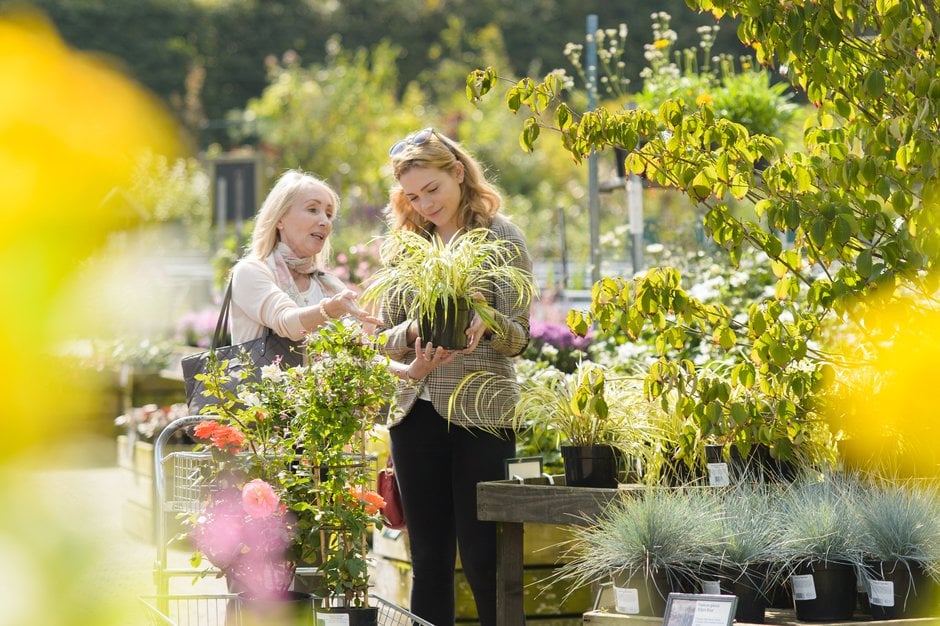What are verbenas?
This popular group of plants has been split into two – Verbena and Glandularia – but as they both look similar and are widely known as verbenas, this guide covers both under the common name verbena.
Verbenas are classic bedding and border plants, popular for their colourful and abundant flowers, produced all summer long. The flowers are also a magnet for pollinating insects, including bees, butterflies and hoverflies.
They thrive in full sun, in well-drained soil that doesn’t stay soggy. Many are tender or not reliably hardy, so they need in a warm, sheltered spot and may not survive frost.
Choosing the right verbena
Verbenas come in two main forms:
They all need a warm, sunny spot and free-draining soil.
To browse a selection of verbenas available in nurseries, with photos and growing information, go to RHS Find a Plant. You can filter your search by flower colour, hardiness, height and more, to find cultivars ideal for your garden.
Verbenas for summer bedding
Bedding verbenas flower abundantly in a vibrant choice of rich purples, violets, mauves, ruby reds, pinks, peach and white. They are ideal for the front of borders, containers and hanging baskets, providing non-stop colour for many months.
They tend to be compact, at about 30cm (1ft) tall, and there are also trailing types for hanging baskets and for cascading over the sides of tall patio pots and windowboxes.
Most aren’t hardy, so will be killed by the first frosts of autumn.
Perennial verbenas for borders
The hardier perennial verbenas have clusters or spires of small, usually mauve or purple flowers and come in all sizes. Tall Verbena bonariensis offers height but also a ‘see-through’ quality that keeps your planting light and airy. Verbena rigida, on the other hand, provides low, dense, drought-tolerant ground cover for the front of borders.
These verbenas suit a warm, sheltered spot in full sun where you want long-lasting summer colour. They are ideal for wildlife-friendly gardens, attracting butterflies and bees, and work well in a wide range of settings, including mixed borders, gravel gardens and prairie-style plantings among ornamental grasses.
Some of these perennial verbenas won’t reliably survive freezing winter temperatures, although Verbena bonariensis, V. hastata and V. officinalis var. grandiflora ‘Bampton’ are hardy in most parts of the UK and should live for several years.
How to buy verbenas
Bedding verbenas are widely available in small pots in spring and early summer, in the patio/bedding plants section of most garden centres. If you buy them after the last frost, usually in May, you can plant them directly outdoors into larger containers and borders.
You can also buy them as smaller ‘plug plants’ from garden centres and by mail order in spring. These are generally cheaper, but must be carefully looked after indoors until they are larger, so you’ll need space on a bright windowsill or in a frost-free greenhouse. See our guide to mail-order plants for how to look after plug plants. Only plant them outside once there are no more frosts.
The more hardy perennial border verbenas, such as Verbena bonariensis and V. hastata, are usually sold in 2-3 litre pots, from spring to autumn. You will find them in the perennials section of garden centres and from online plant suppliers.
A few verbenas are available as seed – mainly V. bonariensis and a limited selection of bedding verbenas. Sow them indoors in spring (see Propagating, below), then plant out after the last frost.



